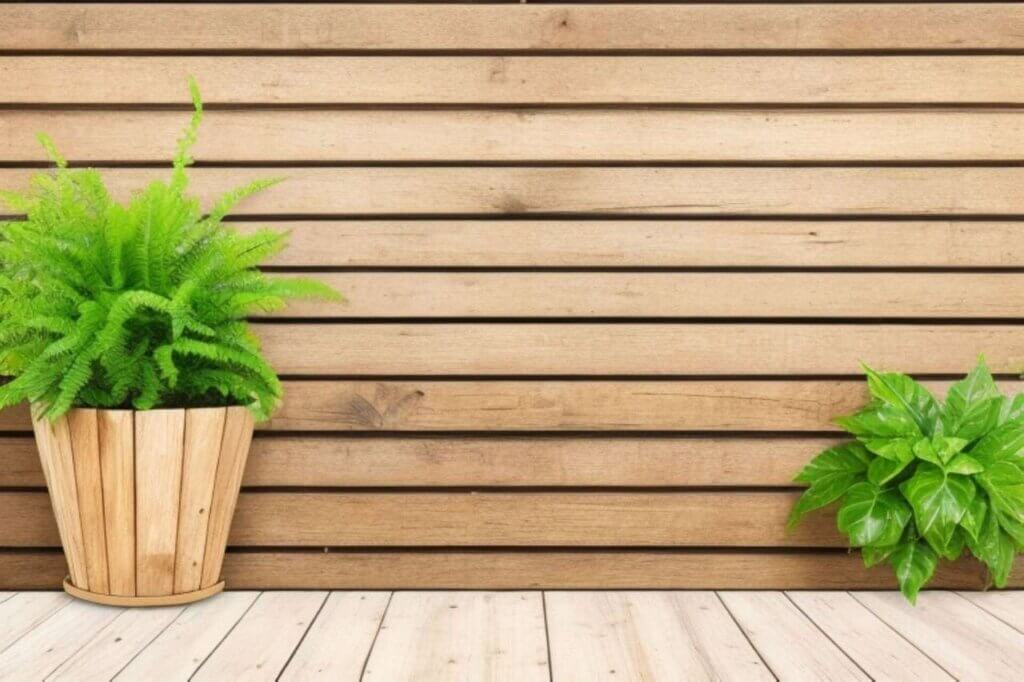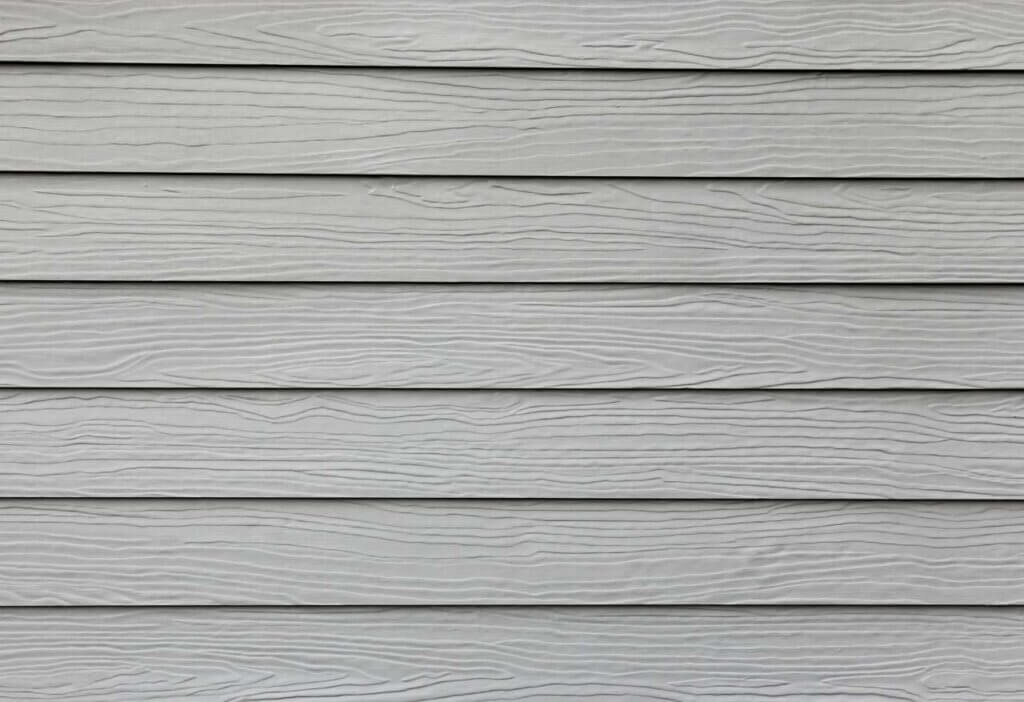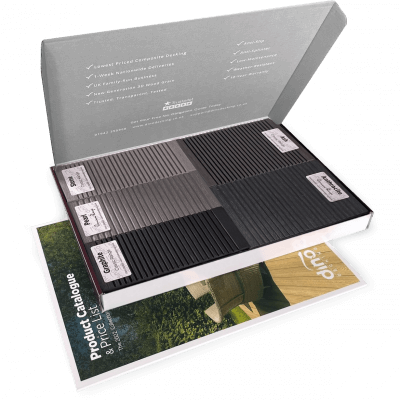5 Composite Decking Lighting Ideas
Our composite decking looks great in any setting, but you can really make your outdoor spaces shine with our decking
Products in Stock
Lowest Prices
Express Delivery
10-Year Warranty
Early April Sale. Up To 15% Off.

When it comes to transforming your home’s exterior, cladding can be a game-changer. It’s a fantastic way to boost curb appeal, add a layer of protection, and even improve energy efficiency. But with so many options on the market, making the right choice can feel overwhelming.
Two popular contenders vying for your attention are composite cladding and PVC cladding. Both have their unique advantages and drawbacks, and understanding these differences is key to making an informed decision. So, let’s roll up our sleeves and explore the pros and cons of each, helping you determine the ideal cladding material for your home.
Composite cladding is a relatively new kid on the block, but it has quickly gained popularity for its durability, versatility, and aesthetic appeal. It’s a blend of natural wood fibres and recycled plastic, offering the warmth and beauty of wood without the high maintenance. Composite cladding comes in a range of colours and textures, allowing you to create a bespoke look that complements your home’s architectural style.
So if you’re searching for an attractive, low-maintenance, and eco-friendly cladding option, composite cladding might be the answer – feel free to explore our selection of composite cladding for external use and discover the perfect fit for your home.
PVC cladding, or polyvinyl chloride cladding, is another popular choice for homeowners seeking a low-maintenance and weather-resistant solution. It’s made entirely from plastic, offering a clean and modern aesthetic. PVC cladding is available in various colours and styles, making it suitable for various architectural designs.
Now, let’s compare and contrast these two cladding options to understand their key differences.
As mentioned, composite cladding is a blend of wood fibres and recycled plastic, creating a material that mimics the look and feel of natural wood while offering superior durability. On the other hand, PVC cladding is made entirely from plastic, giving it a distinctly modern appearance.
Both composite and PVC cladding come in various colours and textures. Composite cladding typically offers a more natural wood-like appearance, while PVC cladding tends to have a smoother, more uniform finish. Regarding style, the choice ultimately comes down to your personal preference and the desired aesthetic for your home.
Both composite and PVC cladding require minimal maintenance; they’re resistant to rot, decay, insects, and fading, so you won’t need to worry about regular painting or sealing. Occasional cleaning with soap and water is usually sufficient to keep them looking their best.
Composite cladding often incorporates recycled materials, making it a more environmentally friendly option than PVC cladding, which is derived from petroleum-based products.

Composite cladding is a versatile option suitable for a variety of applications. It’s an excellent choice for:
PVC cladding is also a versatile option but is particularly well-suited for:
Both composite cladding and PVC cladding offer distinct advantages and disadvantages, and ultimately, the best choice for you will depend on your specific needs, priorities, and budget.
But if you’re still not sure – and you’re looking for a durable, low-maintenance, and eco-friendly cladding solution that mimics the beauty of natural wood – composite cladding is the way to go.
Remember, choosing the right cladding can transform your home’s exterior and add value to your property. So, take your time, explore your options, and make an informed decision that you’ll be happy with for years to come.If you’re interested in learning more about the different types of home cladding available, be sure to check out our comprehensive guide. And if you’re ready to explore the world of composite cladding, browse our selection of high-quality options and discover the perfect match for your home.

Our sample pack contains a sample piece of each colour currently available. Order your free sample pack today to compare the colours and get a true feeling of the Dino Decking range!
Our composite decking looks great in any setting, but you can really make your outdoor spaces shine with our decking
If the idea of having rats under your decking makes you shiver, don’t worry. We’ll let you know the signs
Business hours
Monday: 09:00 – 17:30
Tuesday: 09:00 – 17:30
Wednesday: 09:00 – 17:30
Thursday: 09:00 – 17:30
Friday: 09:00 – 17:30
Saturday: Closed
Sunday: Closed
Contact us
01942 355968
support@dino.co.uk
Collection Address: Unit 1 Wetheral Close Hindley Ind Estate Wigan Greater Manchester North West WN2 4HS
Pages
Products
Testing
Copyright 2025 Dino Decking Ltd All Rights Reserved.
VAT Number: GB296097848.
Company Number: 10837233.